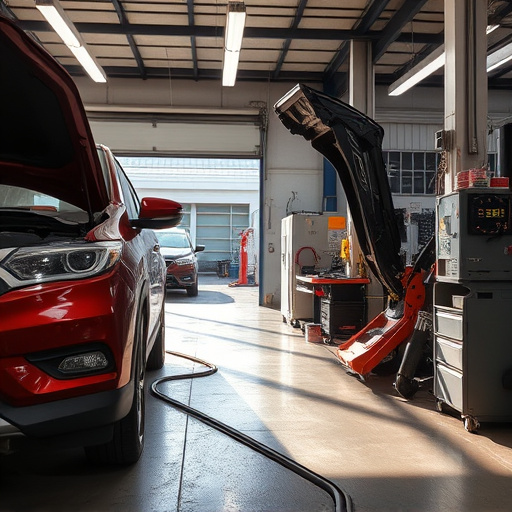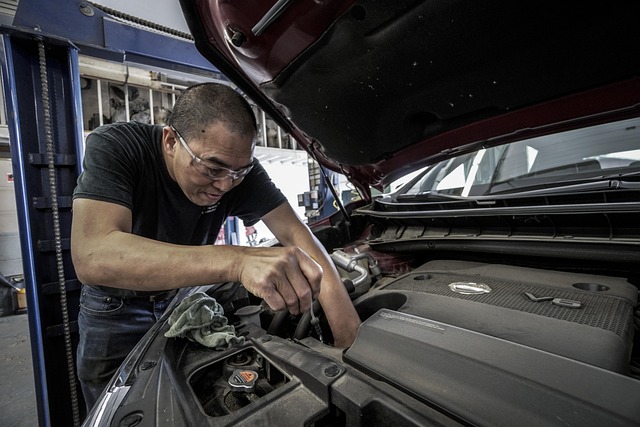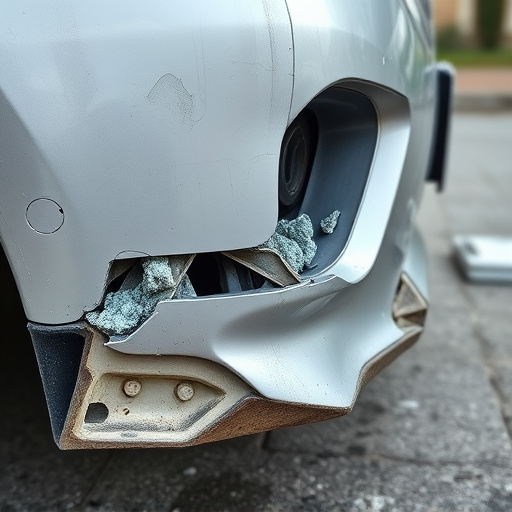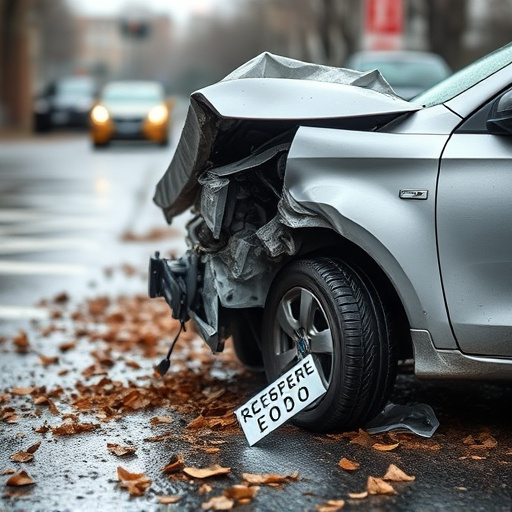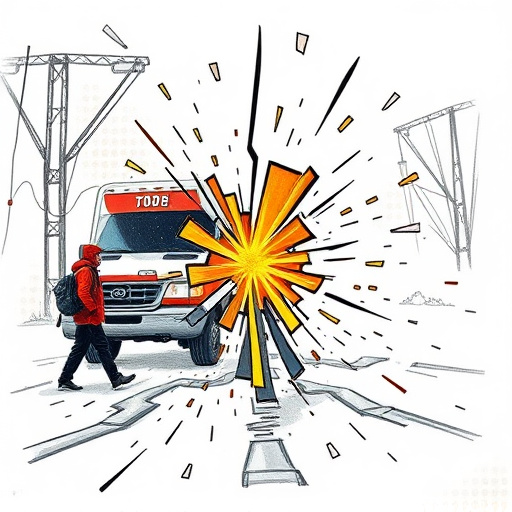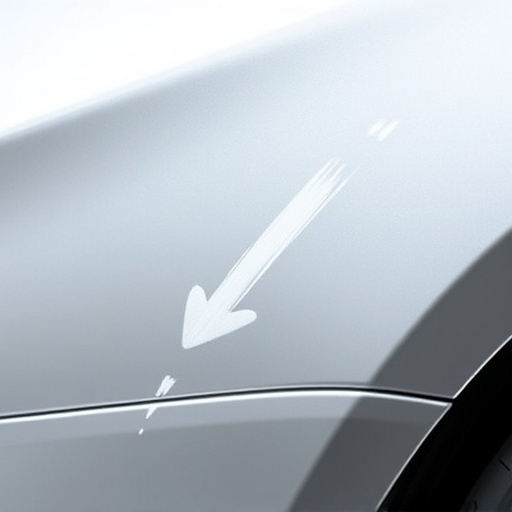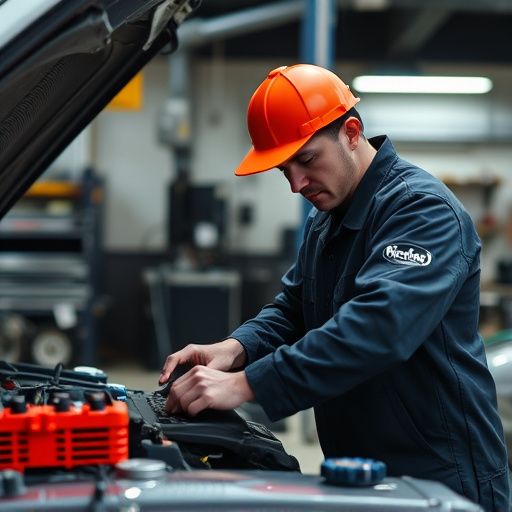Auto body repair pricing models include hourly rates for complex repairs, fixed prices for simple jobs like fender benders, and combinations. Key cost factors are vehicle damage severity, complexity of repairs, availability of parts and skilled labor off-peak hours, and specialized techniques or advanced vehicle models. After-hours repair is pricier due to overtime costs and potential parts availability challenges.
In today’s fast-paced world, unexpected vehicle damages can occur at the most inconvenient times. When an emergency arises or you require after-hours auto body repair, understanding the associated costs is essential. This article delves into the intricacies of auto body repair pricing models, specifically focusing on emergencies and off-peak hours. We explore how various factors influence pricing, empowering you with knowledge to budget effectively for unexpected repairs.
- Understanding Auto Body Repair Pricing Models
- Factors Influencing Emergency Service Costs
- After-Hours Work: When Does It Cost More?
Understanding Auto Body Repair Pricing Models
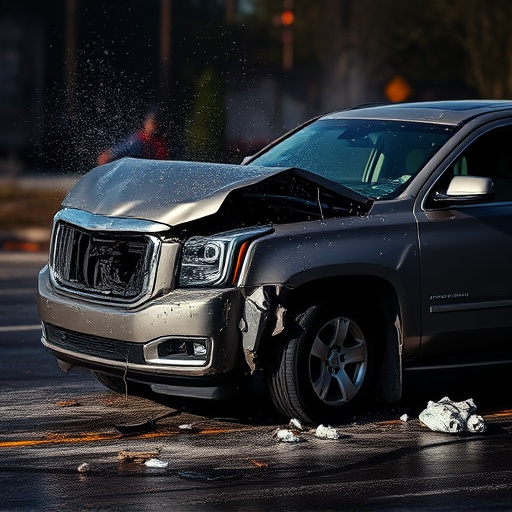
When it comes to understanding auto body repair pricing, it’s essential to familiarize yourself with the various models employed by auto body repair shops. These shops typically use one of three main pricing structures: hourly rates, fixed prices per job, or a combination of both. Hourly rates are charged based on the time spent repairing the vehicle, making them ideal for complex, unique, or emergency repairs that may require extra attention and specialized techniques.
Fixed-price quotes, on the other hand, are offered as a single, comprehensive cost for the entire job, regardless of the actual time taken. This is common for straightforward repairs like a fender bender or minor dents. Auto body repair shops often provide these estimates after thoroughly assessing the damage to give customers a clear, upfront cost. Additionally, many shops offer package deals or promotions that can further simplify and potentially reduce auto body repair costs for their clients, especially when navigating after-hours or emergency services.
Factors Influencing Emergency Service Costs
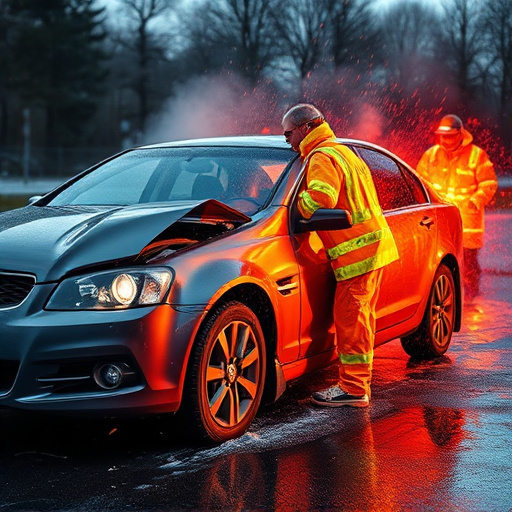
When it comes to auto body repair pricing for emergency and after-hours services, several factors significantly influence the final cost. One of the primary considerations is the extent of the damage sustained by the vehicle. Severe collisions or extensive bodywork damage will typically lead to higher repair costs compared to minor dents or scratches. The complexity and specialized nature of certain repairs also play a crucial role; unique or intricate parts might be required, increasing the overall price tag.
Another factor that affects auto body repair pricing is the availability of parts and labor during off-peak hours. Since emergency services are often needed outside regular business hours, car body shops may charge premium rates to account for overtime pay and potential supply chain disruptions. Additionally, some specialized collision repair techniques or advanced vehicle models might require specific tools and trained technicians, which can further elevate the cost of after-hours repairs.
After-Hours Work: When Does It Cost More?
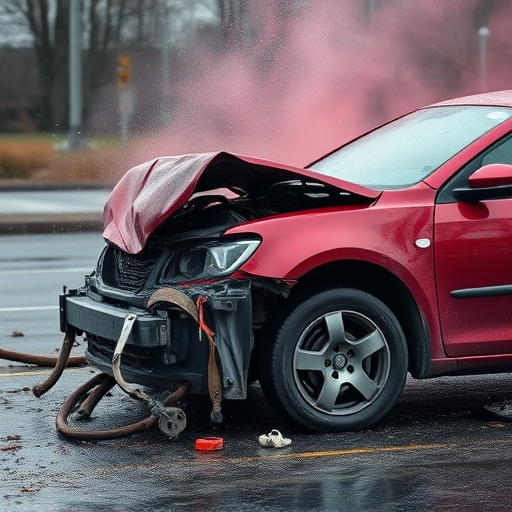
After-hours work often comes at a premium when it comes to auto body repair pricing. This is because emergency repairs require specialized technicians who are on call and ready to respond swiftly, which increases operational costs for repair shops. Additionally, parts for sudden repairs might be less readily available, leading to delays and higher procurement expenses.
When you need urgent car paint repair or Mercedes Benz repair after regular business hours, expect these factors to influence the final bill. After-hours services are designed for genuine emergencies; therefore, auto body repair pricing during these times may reflect the additional resources and expertise required to ensure your vehicle’s safety and security.
When it comes to auto body repair pricing, especially for emergency and after-hours services, several factors come into play. By understanding these influences, drivers can better navigate unexpected costs and make informed decisions. Whether it’s a late-night fender bender or an urgent repair after a natural disaster, knowing the pricing models and potential surcharges ensures drivers receive transparent estimates and fair treatment during challenging times.

